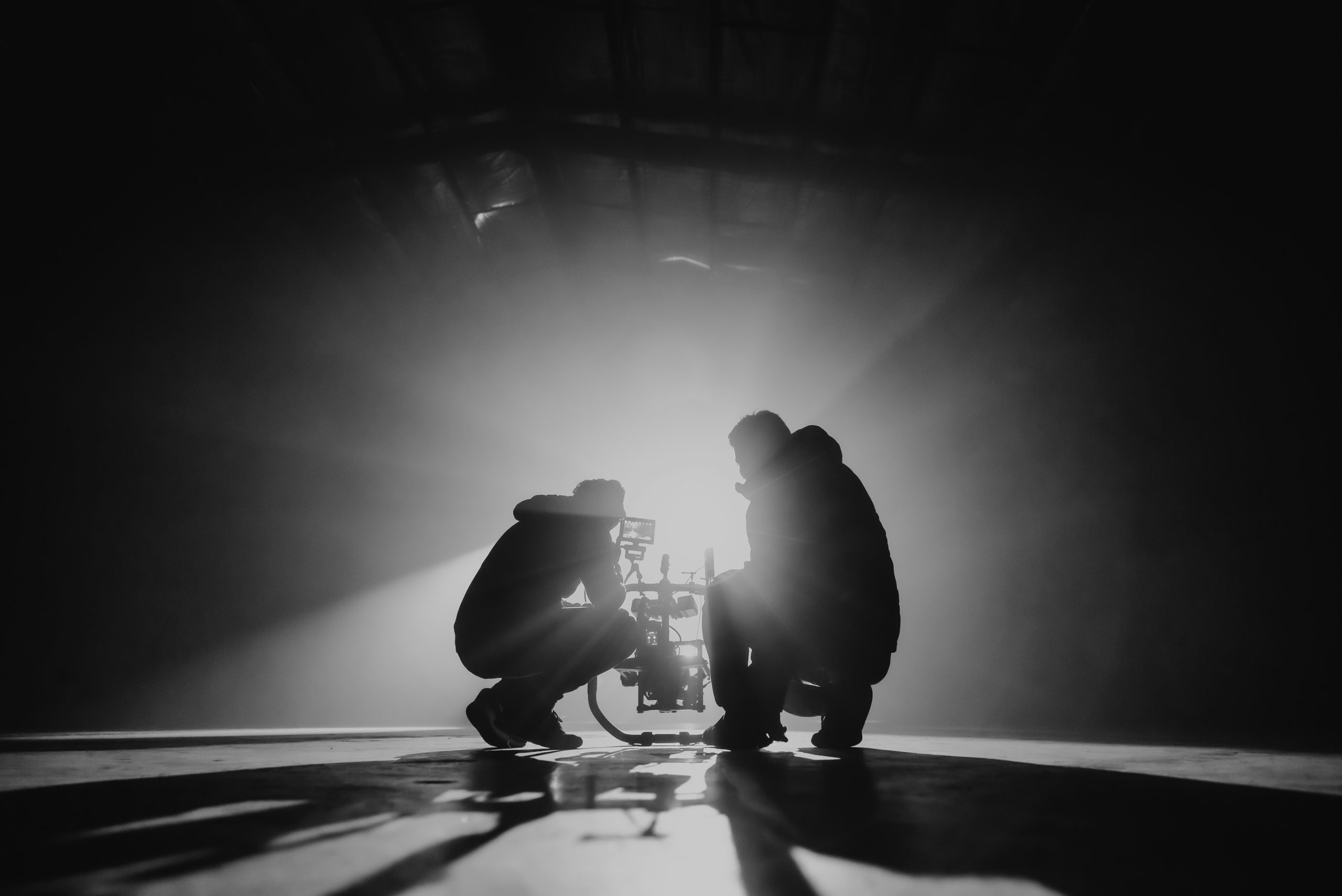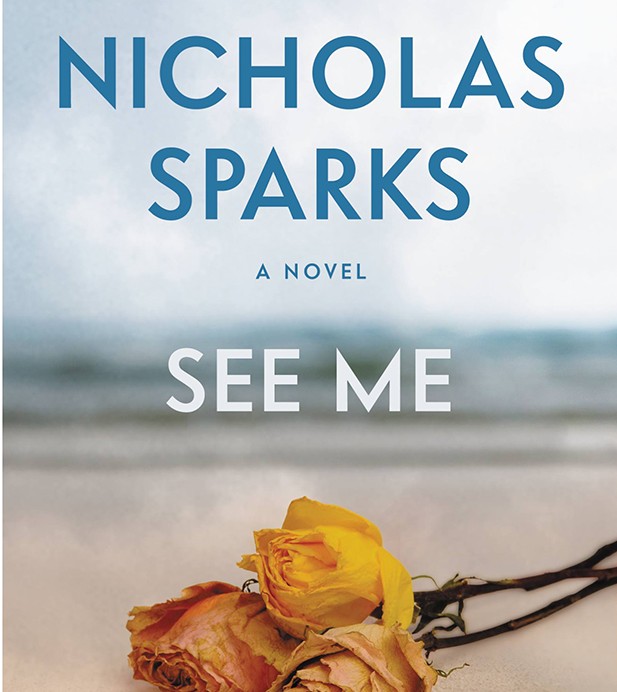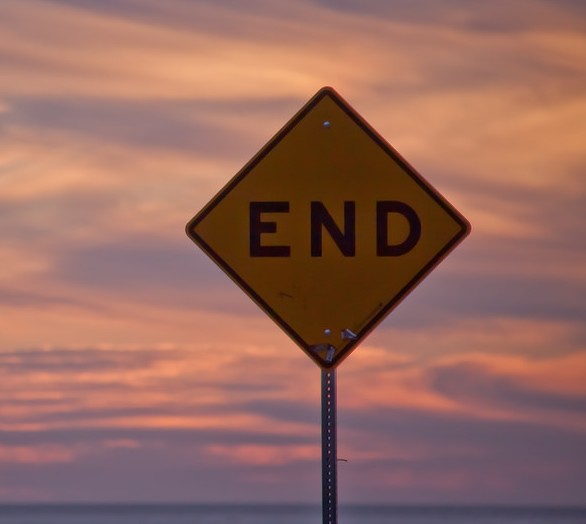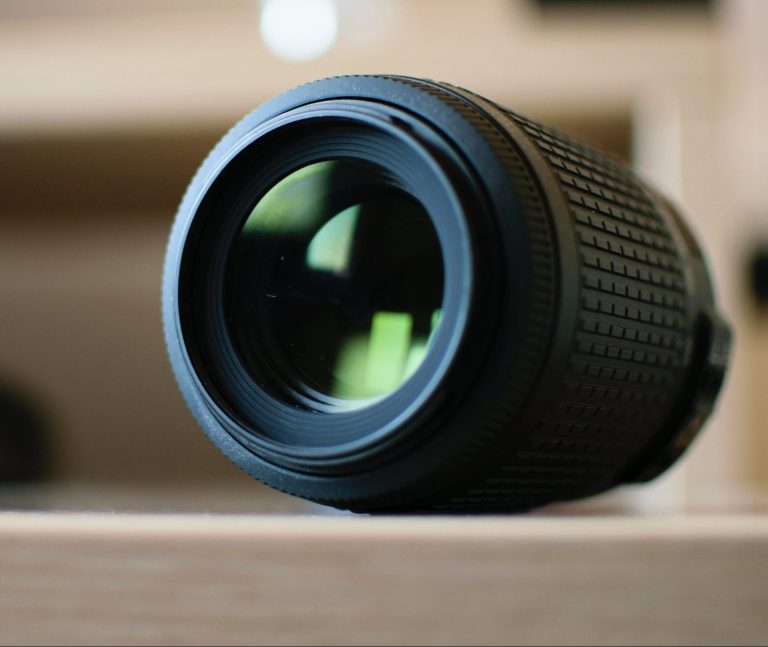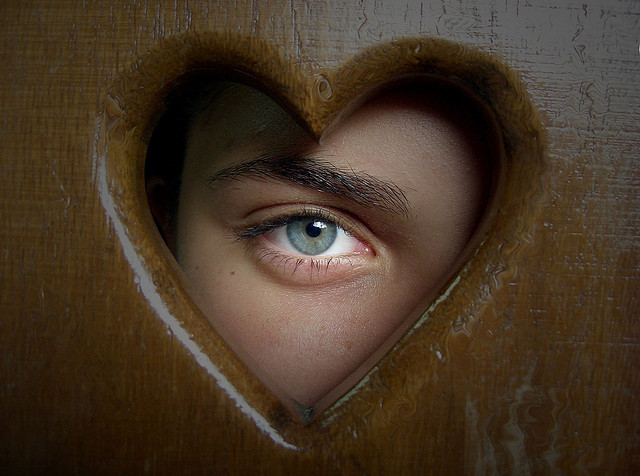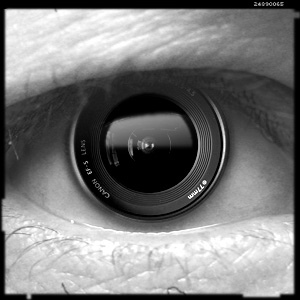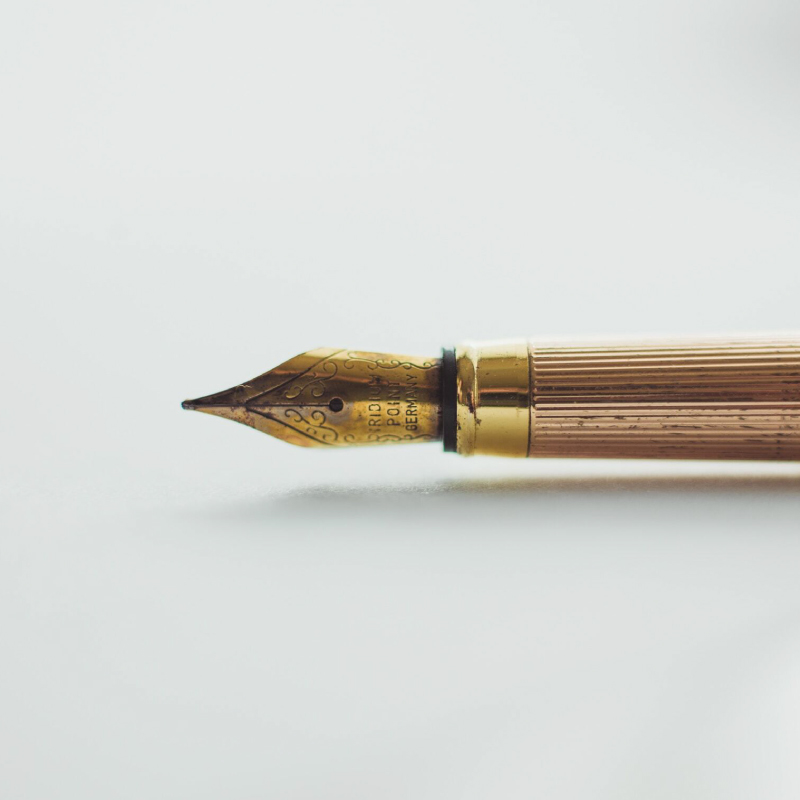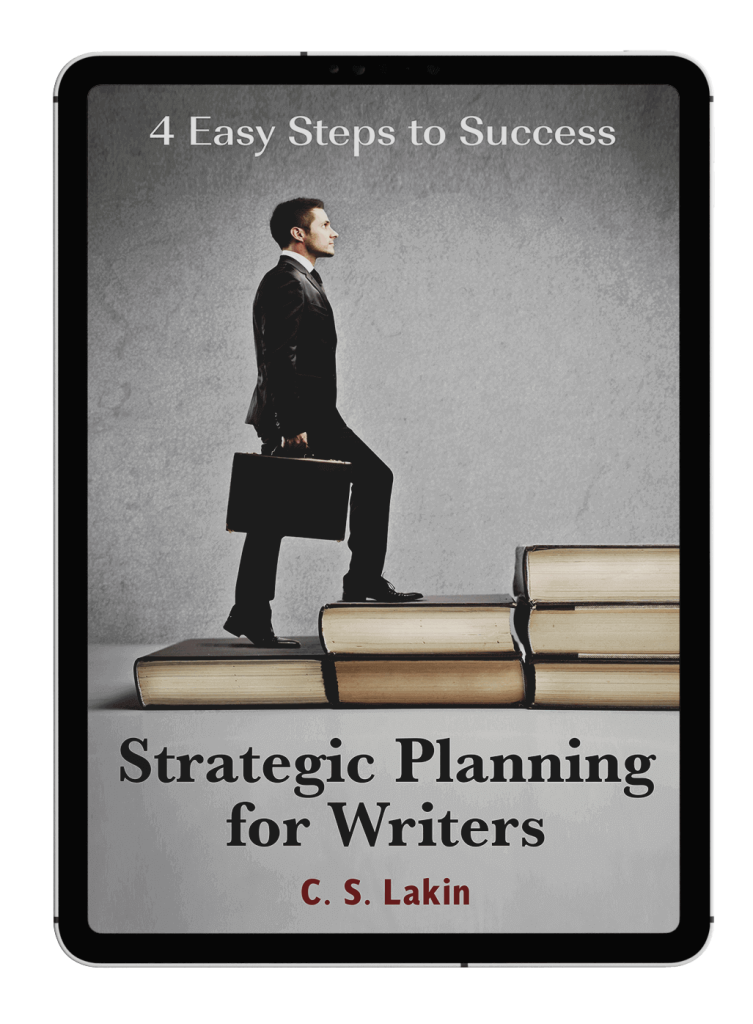Cinematic Technique for Fiction Writers
Writing fiction these days is all about using cinematic style. What that means is rather than explain and summarize the action in a scene, writers play out the action “moment by moment” by “shooting” the scene the way a filmmaker would. While there is a huge difference between the story on the written page and the movie presented on a screen, there is the potential for a lot of crossover.
Fiction allows readers to get into the heads and thoughts of characters, and while film can do similarly with a voice-over technique, it’s not often done. Conversely, film shows every little detail the characters see around them, and if fiction writers tried to describe all that, their scenes would be bogged down so much that readers would get bored and stop reading.
There is a fine art to adopting cinematic technique to the page, translating and transforming what you, the writer, see in your head as the action so that readers can be drawn into the experience of the story in a tactile, palpable way.
To successful convey cinematic technique, a fiction writer has to think like a movie director. She needs to imagine being behind a big camera and consider what has to be shown, and in what way, through the lens.
Have you ever watched a behind-the-scenes look at how a movie is being filmed, or a TV series? I loved watching and listening to Peter Jackson in his many videos detailing the filming of both The Lord of the Rings and The Hobbit feature films. Jackson does a wonderful job showing the kinds of decisions he has to make as he ponders the shooting of a scene in order to get across the impact, mood, details, and key moments he desires in the final cut.
Directors have to plan like this. They can’t show up on the set each morning and look at the shooting schedule and just “wing it.” A large sum of money is riding on the director doing his homework and knowing exactly what each scene must convey and show to the viewer. Directors decide just how a scene will be shown and what specifically will be focused on. Using the camera, a director can basically “force” viewers to see exactly what he wants them to see. And one goal in doing this is to evoke a particular emotional reaction from them.
Not All That Different from Directing
Writers can do the same. They may not be able to paint so specific a picture that every single reader will envision a novel exactly the same—and that’s a good thing. In fact, that’s what makes reading novels so . . . well, novel. Readers infuse their personalities, backgrounds, fears, and dreams into a book as they read. A character named Tiffany will conjure up a face for me different from the one you picture in your head. In this way, novels are an interactive experience—the reader’s imagination interacting with the novelist’s.
Yet, writers can also put on their director’s hat—and well they should. Remember, readers nowadays want to read books that are more visual, as Sol Stein remarked—scenes that are happening right before their eyes. But few writers are ever shown just how to do this effectively, and that’s what this book is about. You don’t have to guess anymore how to “show” a scene in a way that’s “supercharged.” By learning to use camera shots the way a director does, you too can take readers where you want them to go, make them see what you want them to see. Don’t leave that up to the reader to decide. Be not just the writer but the director.
Filmmaker Gustav Mercado makes a succinct point in his book The Filmmaker’s Eye: “You should not be subservient to the dictates of a technique but make the technique work for the specific needs of your story instead.” What a great truth for both novelists and filmmakers.
Once you learn the various camera shots and filmmaker techniques for “shooting” a scene and how to use them in writing fiction, it’s more than likely you will never write the same way again—or look at a scene the same way. And I truly hope so. I hope once you grab these cinematic secrets and supercharge your novel, you will never take that shotgun out again and just “point and shoot.” Instead, you will be the director looking at the scene from all angles and making deliberate decisions on which camera angles to use for the greatest impact.
The Key To “Shooting” a Great Scene
One thing you’ll hear me repeat numerous times is what I feel is THE most important thing to know about scene structure. I went into much detail in prior blog posts talking about what scenes are and how they should be mini novels, with a beginning, middle, and end. But the most important thing to keep in mind when writing your scenes, and especially as we start utilizing camera shots and other cinematic technique, is that every scene must have a point to it, and every scene needs to have what I call a “high moment” or moment of revelation or impact. Be sure to get my PDF on the 8 steps to writing a perfect scene!
That moment may not be visually huge, like an explosion, but it has to be significant, and that usually means significant to your POV character in that scene. Mercado says to create powerful impact, the technical elements, compositional choices, and narrative context should all work in context to create meaning. Movie directors are keenly aware of the high moment they are working toward featuring when they shoot their scenes, and fiction writers should as well. So embed this concept into your mind as you begin putting on your director’s hat.
This week, spend some time thinking about scenes as mini novels. Peruse through some novels you love (and even some you really don’t like—if you have any lying around), and read some random scenes. See if they are structured like a mini novel, and notice if they build to a high moment or climax in some way. Share some thoughts in the comments about what you read or observed.
Want to learn more about using cinematic technique in your story?
Learn the best technique to “show, don’t tell” in your fiction! Join me April 30 at 10 a.m. Pacific for a 2-hour master class in cinematic scene storyboarding!
Are you a fiction writer or penning creative nonfiction? Then treat yourself to a 2-hour intensive master class titled “Scene by Segment” that will change forever (for the good!) the way you approach plotting and writing your fiction scenes.
In this master class, a number of writers will participate in sharing their process of taking a basic scene summary and breaking it into segments that focus on specific camera shots or angles. As we go through a variety of scenes with these writers, you’ll see exactly how to do this with your own manuscripts.
Here are the exciting things you will learn from this intuitive, creative method:
- How to drill down, from the general scene action you have in your head to crafting a powerful visual moment-by-moment experience for your readers
- How segmenting helps you determine exactly which details you need to show through the character’s POV
- How to decide which camera shots you need to drive home key moments in your scene for the strongest emotional impact
- How to work backward, from your last shot, to help you build to your high moment
- Ways to use segmenting to enhance low-energy scenes (such as when characters are internalizing or dialogue-heavy action)
In these two hours together on Zoom, you’ll see why strategically segmenting your scenes is the best and most intuitive way to “show, don’t tell”! Don’t worry–you won’t be required to draw anything when you do this type of cinematic storyboarding!
Enroll in this one-time class HERE
Featured Photo by Natalie Parham on Unsplash

